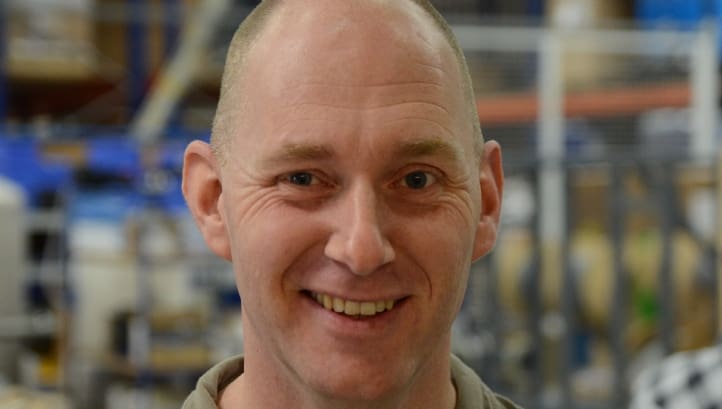Patrick van Eijik, a ‘natural go-between for production and engineering’, is newly appointed as manager, production and project engineering, at Netherlands-based Hatenboer-Water
What first attracted you into working in the water industry?
I started at Hatenboer-Water as a project leader, taking my first steps in the water industry. Having been a project leader in the metals sector, I was looking for a new challenge, a new environment. Ten years on, I’ve been promoted from production leader to manager of the production and project engineers teams, putting me in the unique position of supporting the complete process of realising our clients’ project needs.
I really enjoy being surrounded by such experienced and professional people, and at Hatenboer-Water one project is never quite the same as the next. Different customers and project challenges require unique and specific skills and expertise, every time.
What gets you most excited about the challenges ahead?
Since the new role involves me in the complete development and production process, I can relate very closely to how clients experience their cooperation with us. We provide solutions for a number of very different markets, meaning that our clients constantly keep us at our edge with their particular requirements. Meeting their demands efficiently and combining their wishes and needs into our engineering and business standards is always an interesting prospect.
When I look ahead I feel one of our design principles will become even more leading, which is sustainability. Ensuring our water makers and water treatment installations are durable and provide long-lasting drinking water solutions will become even more important. Our planet is fragile and water is a precious commodity. This is exciting but also presents research and development opportunities; innovation happens in-house in my own team.
Which projects from the past few years have inspired you the most?
Looking at our recent projects, the variety astounds me: From water plants for wind parks or high-specification offshore oil and gas projects — such as Pioneiro de Libra, in Brazil, and Golden Eagle, in Scotland — to standalone water treatment installations for Norway’s salmon industry, to sustainable water production plants for areas lacking in potable water which, for instance, enable farming on tropical islands, to water-makers for enormous greenhouse projects that aim to recycle and produce water in the most efficient possible manner. All of these projects inspire me, because they all supply water for people, livestock, and farming.
However, the one that inspired me perhaps the most was helping people in the Caribbean island of St. Maarten in the wake of hurricane Irma. Inhabitants of St. Maarten were struggling to organise their most basic needs, including safe drinking water, and by pulling everything and everyone together, we constructed a series of units in an amazing turnaround time, which were then swiftly shipped across the ocean by our partners to provide the people of the St. Maarten with clean drinking water.
If you could change one thing about the water business, what would it be?
There are a wide variety of water treatment applications, and each market has its own characteristics but, in general, water is big business, and water projects are growing ever bigger. As such, small water treatment companies are increasingly being swallowed up by larger corporate structures, leaving fewer possibilities for small-scale, decentralised solutions. And yet, in many cases, these small-scale solutions are the only viable option. The challenge with the ongoing growth in size of projects is that we’re in danger of having no-one left to address the needs of those with smaller and more decentralised challenges.
